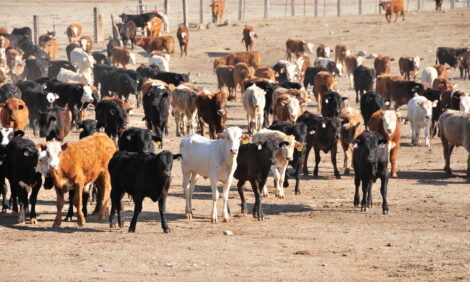



Hay Makers Can Learn From Georgia Washout
GLOBAL - Farmers planning summer haymaking in America’s south are being reminded of the 2013 wash out and dire consequences thereafter.Cattle producers were exposed to high feed prices two years ago when Georgia recorded one its wettest summers in recent decades, delaying haymaking and reducing forage quality.
A hard winter compounded problems, leaving herds vulnerable. Supplemental feed had to be bought in at a time when feed costs were at a high point, a US forage expert recalls.
Dennis Hancock, University of Georgia Extension, has emphasised the role quality home grown forage has in reining in production costs.
“Unfortunately, there’s a mentality that all hay is hay, that there’s not any differences,” says Mr Hancock. “In reality, there are a lot of differences.
“Sometimes we can have a bad year, like we did in 2013, and the quality suffers.”
He recommends farmers test forage quality and that lactating cows get best forage and dry cows get lower end hay.
He explains that maintaining body condition in cattle is a “struggle”, but having an inventory of tested hay can help distribute hay optimally across the herd.
“Say a producer has four fields and he harvests his hay four times per year, that’s eight different lots of hay.
“Naturally, through the year, some of that hay is going to be better than others,” says Mr Hancock.
“If they inventory it or have it in a barn in a certain way, and they know where it’s at, they can determine what they need to feed based on how the quality matches the livestock they’re feeding.”
Michael Priestley
News Team - Editor
Mainly production and market stories on ruminants sector. Works closely with sustainability consultants at FAI Farms



